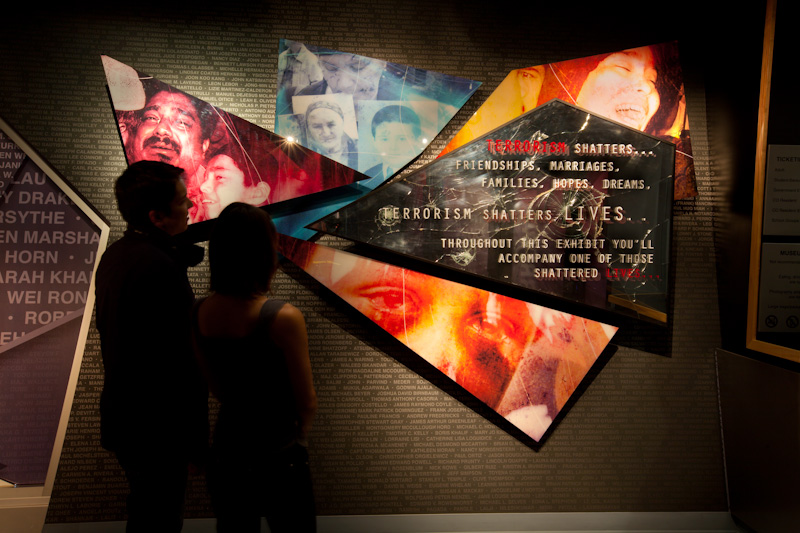
AV Trends 2019: Constant Convergence is Here to Stay. And Why it Matters
In a world where technology serves as the organizational backbone, it is time for a convergence. Fortunately, the rapid growth of the digital economy is finally bringing about an end to the many silos that have hampered organizations from fully realizing the true capability of their investments. AV is no exception.
As we spotlighted in our recent trends article, we are noticing an ongoing convergence between IT and AV. This will continue to grow as a larger number of organizations embrace the concept of a master technology plan. The true advantage of this convergence is that all of IT’s potential is made available to AV, creating a significantly bigger pipeline. This convergence also ensures that investments remain consistent, especially at a time when connectivity opens the door to new opportunities.
What specifically does this mean for an AV deployment? For one, a convergence with IT could result in unhampered access to more processing power. As the expectation for smart experiences continues to grow, there is a growing need for AV deployments to leverage complex data sets to provide customized experiences or even data intensive, mission-critical video walls that are becoming commonplace in environments where decision makers need real-time access to meaningful insights.
This convergence also means that it’s equally necessary to involve IT in more AV investment decisions. While doing so may initially seem like it adds an unnecessary layer to the process, IT’s involvement could prove instrumental in making the selections that work seamlessly with existing investments, including artificial intelligence, machine learning and big data processing engines.
Lighting Convergence
Of course, the ongoing convergence goes beyond forming stronger connections with IT. AV is also realizing a convergence with adjacent markets such as lighting. This growing trend makes sense considering the impact proper and improper lighting can have on the effectiveness of an AV deployment.
Consider, for instance, an AV deployment designed to present guests at your corporate headquarters with company’s story as well as crucial information about their specific visit. If the lighting and the AV deployment fail to sync, the quality of guest experience can suffer considerably. The issues here are true whether the AV deployment uses projection or LED screens.
Embracing the convergence and fully integrating lighting into the deployment design can make a significant difference, especially when you value the user experience. Fortunately, the process of merging AV and lighting is becoming increasingly easier. After all, today’s smart lighting options allow for an array of networked technologies such as a properly designed AV deployment to automatically set the level of lumens on an ongoing basis. As a result, it is possible to have a fully lit space instantly dim as a guest approaches the screen or any other smart structure within the space.
Bottom line: while breaking down silos represents a change in the status quo, the potential benefits for all involved far outweigh any of the added frustrations. The more these technologies converge, the closer we are to realizing the true Internet of Things.
This post is one of a five-part series taking a deeper dive into the impactful trends we identified at the beginning of the year. Follow these links to learn more about each of the trends impacting the audiovisual industry today:
AV Trends 2019: Understanding the Smart Environment
AV Trends 2019: Recognizing Platform Evolutions
AV Trends 2019: Two Ways Security and AV go Hand-in-Hand
AV Trends 2019: Constant Convergence is Here to Stay. And Why it Matters
AV Trends 2019: The Future of AV Starts with Self-Generating Content
Yiannis Cabolis
Yiannis Cabolis, Director of Technology Innovation at Electrosonic, shares the inside track on how technology drives innovation. He brings 30 years’ experience monitoring emerging technologies, developing best practices and driving Research and Development to solve challenges and help clients understand how to benefit from the latest engineered technology solutions.










.jpg?width=1500&height=995&name=ELC501_N17_medium%20(1).jpg)








































































































































































































